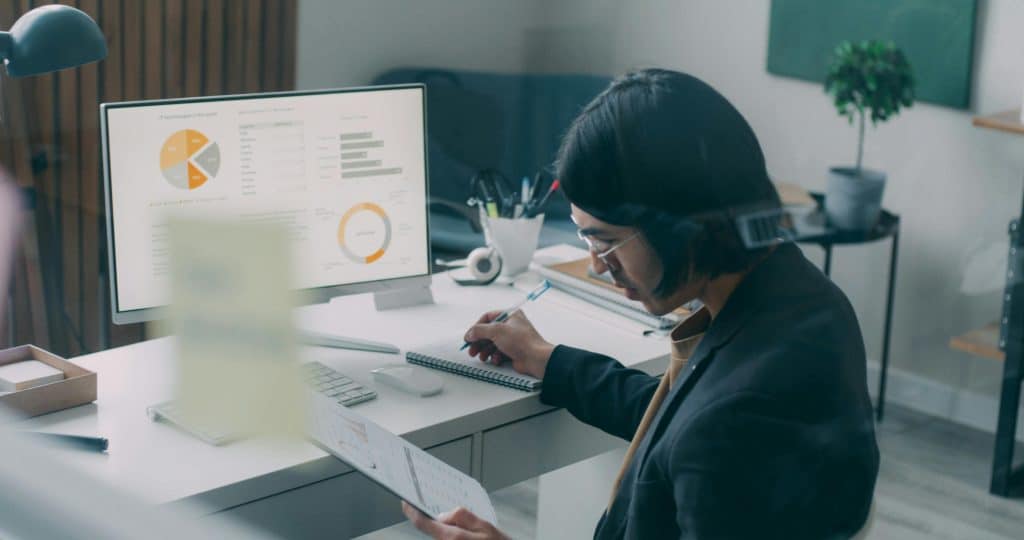In an age where rapid innovation and deep execution are both essential, professionals face a crucial challenge: how to pair focused work with open thinking effectively. Focused work—characterized by deep concentration and goal-oriented effort—is necessary for productivity and finishing tasks. On the other hand, open thinking allows the mind to wander, make new connections, and foster creativity. Yet, many struggle to balance these two cognitive modes in a way that supports both efficiency and innovation.
This balance is an emerging trend in productivity and organizational research, especially as companies seek to encourage creativity without sacrificing output. From neuroscience to workplace design, experts now recognize that blending focused work with periods of open thinking enhances problem-solving, prevents burnout, and supports sustained mental agility.
This article explores current insights and practical methods on how to pair focused work with open thinking. You’ll find actionable guidance to help optimize your cognitive workflow, backed by reliable research, and aligned with emerging trends in the modern knowledge economy.

The Cognitive Science Behind Focused Work and Open Thinking
Before diving into techniques, it’s helpful to understand the neurological basis of these two modes:
- Focused work activates the brain’s executive control network, centered around the prefrontal cortex. This network handles attention regulation, goal-directed behavior, and suppression of distractions.
- Open thinking, often linked with mind-wandering or diffuse mode thinking, engages the default mode network (DMN). The DMN activates during rest, reflection, and creative ideation, enabling the brain to form novel associations between seemingly unrelated concepts.
Research in cognitive neuroscience (Christoff et al., 2016) shows that alternating between these networks helps the brain perform optimally. While focused work allows problem execution, open thinking fuels insight and long-term learning.
The key is not to rely exclusively on one mode but to cultivate a rhythm that supports both, allowing creativity and productivity to feed one another.
Why Learning How to Pair Focused Work With Open Thinking Matters Today
Modern work often demands both precision and innovation. Silicon Valley companies, for example, encourage “maker time” (deep focus) alongside “creative breaks” (open thinking). Likewise, remote work challenges have amplified the need to consciously switch between these mental states to avoid burnout and monotony.
The pandemic accelerated trends toward hybrid work and flexible schedules, giving employees more autonomy to manage their cognitive rhythms. This shift makes understanding how to pair focused work with open thinking essential for individuals and organizations aiming for resilience and adaptability.
Practical Strategies for Pairing Focused Work With Open Thinking
1. Schedule Work in Blocks with Intentional Breaks for Open Thinking
Structured blocks of focused work—often called time blocking or Pomodoro technique—should be balanced with deliberate breaks that encourage mind-wandering or reflection.
- Use focused intervals of 45-90 minutes.
- Follow with 10-15 minute breaks where you avoid screens, take walks, or daydream.
- During breaks, allow your mind to roam freely without pressure.
This approach leverages the brain’s natural oscillation between focused and diffuse modes, improving creativity and preventing mental fatigue.
2. Create Physical and Digital Spaces for Open Thinking
Your environment impacts your cognitive mode.
- Designate certain areas as “creative zones” free from task lists and emails.
- Use analog tools like notebooks or whiteboards for brainstorming.
- Consider apps that encourage reflective thinking, such as journaling platforms or mind-mapping tools.
Separating spaces for focused execution and open ideation supports clear mental transitions.
3. Practice Reflection and Journaling
Regular reflection helps consolidate insights from open thinking periods.
- Spend 5-10 minutes journaling ideas that emerged during unfocused moments.
- Use prompts such as “What surprised me today?” or “What connections did I notice?”
- This practice turns open thinking into actionable insights.
4. Use Task Decomposition to Balance Both Modes
Break larger projects into tasks that alternate cognitive demands.
- Tasks requiring deep concentration (coding, writing) are interspersed with exploratory tasks (research, brainstorming).
- This keeps your mental energy balanced and reduces the risk of burnout.
5. Embrace Mindfulness to Improve Cognitive Flexibility
Mindfulness meditation has been shown to improve switching between focused and open modes.
- Even brief daily sessions (5-10 minutes) can increase awareness of your attention state.
- This helps you notice when it’s time to shift gears.
Emerging Trends: The Hybrid Cognitive Workflow
Companies like Google and IDEO have adopted hybrid workflows explicitly combining focused work and open thinking. These workflows often include:
- Maker days dedicated to deep work without meetings.
- Innovation hours where employees brainstorm and explore ideas freely.
- Use of collaborative platforms like Miro or Notion that support both task tracking and freeform ideation.
The rise of AI-assisted tools also reflects this trend, helping to automate repetitive tasks and freeing cognitive resources for creative thinking.
Conclusion
Mastering how to pair focused work with open thinking is not about choosing one over the other but about cultivating a workflow that embraces both. Focused work drives progress and completion, while open thinking fuels creativity and insight. Together, they create a powerful synergy that enhances productivity and innovation.
By intentionally structuring your time, designing environments that support mental shifts, and practicing reflection and mindfulness, you can harness the strengths of both cognitive modes. This balance is increasingly important in today’s complex, fast-paced world where adaptability and creativity matter as much as efficiency.
Embracing this dual approach will not only improve your work quality but also make your daily workflow more sustainable and engaging.
References
- Christoff, K., Irving, Z. C., Fox, K. C. R., Spreng, R. N., & Andrews-Hanna, J. R. (2016). Mind-wandering as spontaneous thought: a dynamic framework. Nature Reviews Neuroscience. https://doi.org/10.1038/nrn.2016.113
- Baird, B., Smallwood, J., & Schooler, J. W. (2021). Back to the future: Autobiographical planning and the functionality of mind-wandering. Journal of Experimental Psychology. https://doi.org/10.1037/xge0000961
- Immordino-Yang, M. H., Yang, X., & Damasio, A. (2019). Emotions, learning, and the brain: implications for education. Trends in Neurosciences. https://doi.org/10.1016/j.tins.2019.04.002









